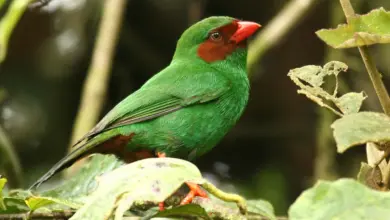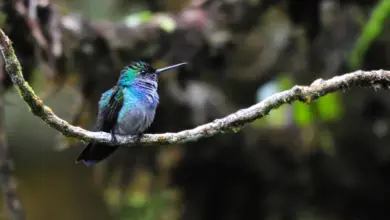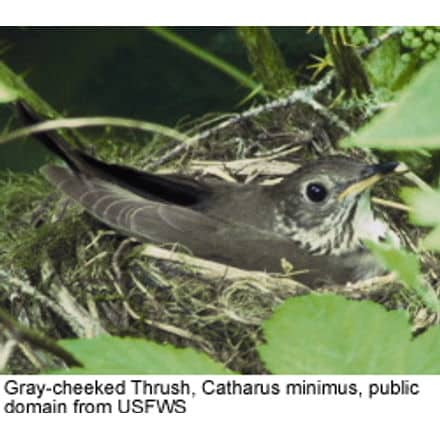Blue Ground Doves
The Blue Ground Dove (Claravis pretiosa) is a small New World tropical dove.
Distribution / Range
It is a resident breeder from southeastern Mexico to northwestern Peru northern Argentina and Trinidad.
The Blue Ground Dove is common in open woodland, forest edges, clearings and roadsides, especially in more humid areas.
It is found from sea level to about 1200 m altitude.
Blue Ground Doves occur singly or in pairs.
Nesting / Breeding
It builds a flimsy dish nest of twigs 1-11 m high in a tree and lays two white eggs.
Further Dove Information
- Dove Information
- Index of Dove Species
- Photos of the Different Dove Species for Identification
- Doves & Pigeons as Pets
Description
Blue Ground Doves are small pigeons, 20 cm long with a weight of 65-72 g .
Adult males have blue-grey upperparts and paler grey underparts, becoming grey-white on the face. The flight feathers and outer tail feathers are blackish, and the wings are boldly marked with black. The iris is red or yellow, the bare eyering is green, and the legs are flesh-pink.
The female has a grey-brown head neck and breast, becoming pale blue-grey on the underwings and belly. The back is ruddy brown, contrasting with the chestnut rump and tail.
Young birds resemble the female but have ruddy scaling on the back.
The male is unlikely to be confused with other species, but the female resembles the smaller, shorter-tailed Columbina ground doves. The contrasting rump and woodland habitat are good identification points, and a blue-grey and brown bird flying through the trees together is bound to be this species.
Diet / Feeding
They feed mainly on the ground on seeds and small insects and take grit.
Calls / Vocalization
The male’s song, given from the treetops, is a loud boop.





